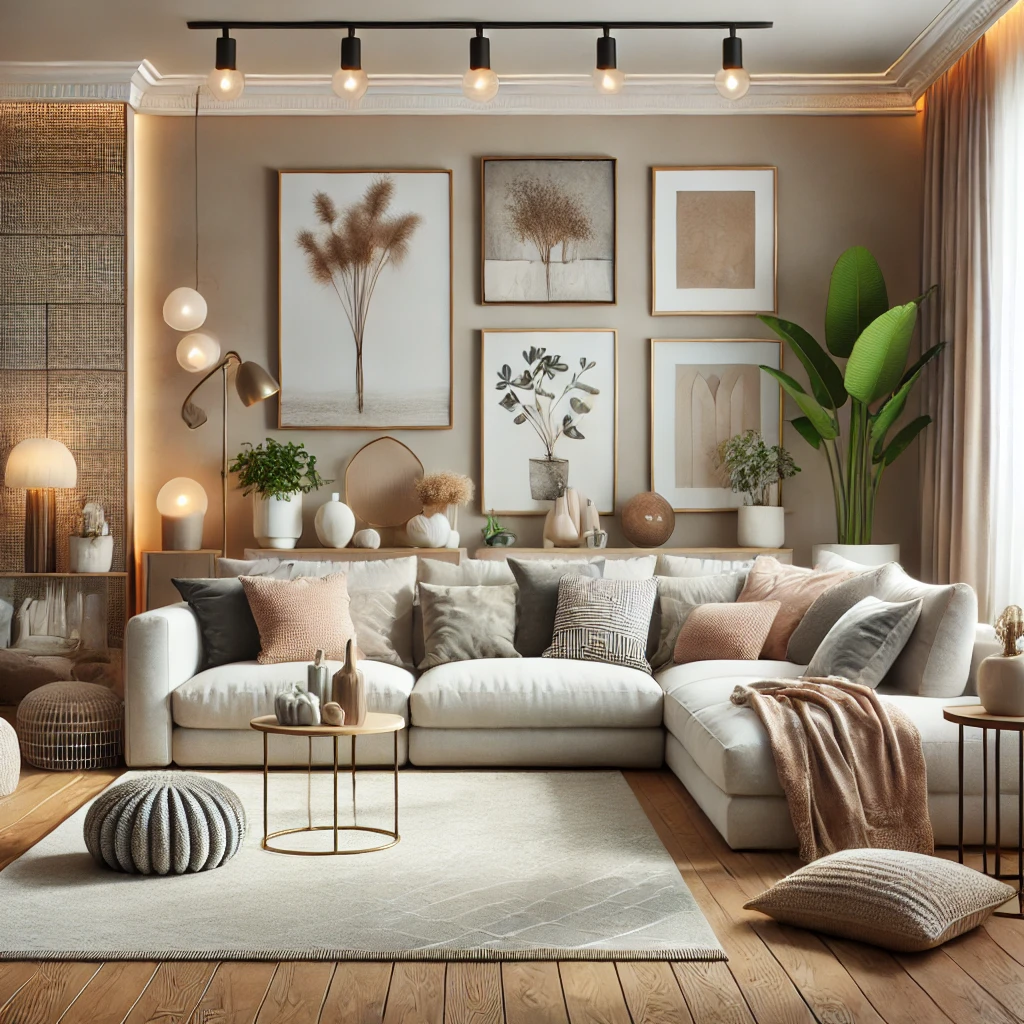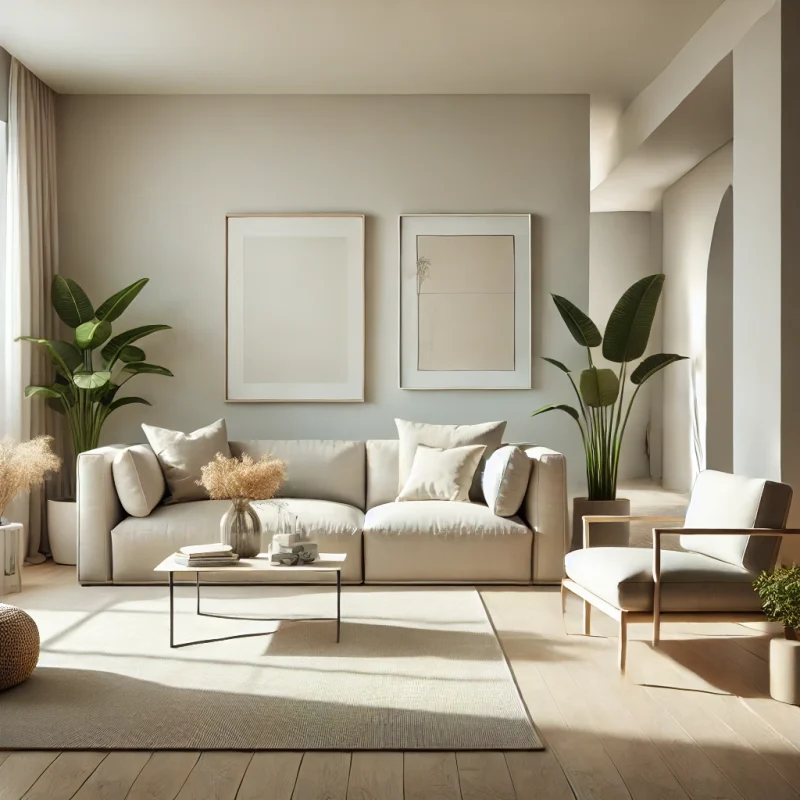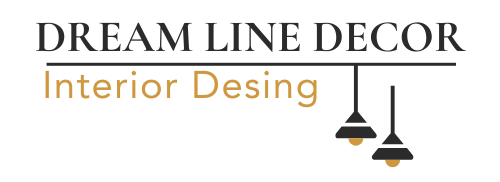Interior Design and Home Decoration

Interior Design and Home Decoration
Interior design and home decoration are two essential elements that shape the atmosphere, functionality, and aesthetic appeal of a living space. Although often used interchangeably, they each serve a distinct purpose. Interior design focuses on the planning and layout of a space, while home decoration refers to the embellishment and personal touch that reflects the inhabitants’ personality and style. Together, they transform a house into a home, creating an environment that is both comfortable and visually appealing.
Interior Design: The Foundation of a Beautiful Home
Interior design is more than just picking out furniture or paint colors. It involves the arrangement and optimization of space to enhance both its function and form. A skilled interior designer considers various elements such as lighting, color schemes, furniture layout, and materials to create a cohesive look that is both stylish and practical.
- Space Planning: The foundation of interior design starts with understanding the layout of the space. A well-thought-out floor plan maximizes the use of available space, creating a flow that promotes comfort and functionality. Key aspects like traffic patterns, furniture placement, and how natural light interacts with the room are all essential factors.
- Color Schemes: Color plays a significant role in setting the mood and tone of a room. Soft neutrals may evoke tranquility, while bold and vibrant colors can energize a space. The right combination of hues can also help in visually altering the perception of space, making small rooms feel larger or cozy spaces feel more intimate.
- Lighting: Lighting can dramatically influence the mood of a room. A well-lit room feels inviting and spacious, while poor lighting can make a space feel dark and unwelcoming. Interior designers use a mix of ambient, task, and accent lighting to create layers of light that enhance both the room’s design and functionality.
- Furniture and Layout: The right furniture pieces should complement the overall design theme and fit the proportions of the room. Layout is important, as it affects how easy it is to move around the space. Designers often choose multi-functional furniture to maximize the room’s use without cluttering the space.
- Textures and Materials: The materials used in furniture, flooring, and wall treatments contribute to the overall feel of a space. Textures, such as soft fabrics, wood, and metal, add depth and warmth, creating a harmonious balance between different elements.
Home Decoration: Adding Personal Flair
While interior design lays the groundwork, home decoration brings life and personality to the space. It’s about expressing personal style through the choice of accessories, art, textiles, and other decorative items. Home decoration is often considered the final touch in a well-designed space, and it’s where homeowners can showcase their individuality.
- Artwork and Wall Décor: One of the easiest ways to personalize a room is through art. Whether it’s a large statement piece above a sofa or a collection of smaller artworks on a gallery wall, art adds visual interest and can tie a room’s color palette together. Mirrors, clocks, and shelves are also great wall décor options that can enhance both function and aesthetics.
- Textiles: Textiles, such as curtains, rugs, throw pillows, and blankets, offer comfort and style. These elements provide an opportunity to play with color, pattern, and texture, adding layers of warmth to a space. Rugs can define areas in larger rooms, while throws and pillows offer cozy accents on chairs and sofas.
- Greenery and Plants: Indoor plants not only add beauty to a room but also contribute to a healthier indoor environment by purifying the air. A variety of plants, from large leafy ones to small succulents, can complement the design by adding a touch of nature and life.
- Decorative Accessories: Vases, sculptures, books, and candles are examples of decorative accessories that help in completing the design of a room. These items are often used to enhance the theme or color scheme of a space. Arranging them thoughtfully adds character and draws attention to particular features in the room.
- Lighting Fixtures: While lighting is an essential part of interior design, the choice of light fixtures also plays a key role in home decoration. Chandeliers, pendant lights, and table lamps are functional pieces that can also serve as eye-catching elements within a room.
Combining Interior Design and Home Decoration
The true magic happens when interior design and home decoration come together. The combination of strategic design elements with personal decorative touches creates a space that is both beautiful and livable. A well-designed room offers both practicality and comfort, while the decorations make the space feel unique and reflective of the homeowner’s style.
For example, in a minimalist design, sleek, simple furniture and neutral colors provide a serene base. The decoration, such as bold artwork or textured fabrics, adds contrast and visual interest, creating a dynamic yet calm environment. In contrast, in a more eclectic space, the design elements might be more varied, but the decoration brings cohesiveness and warmth through the careful selection of accessories.
Conclusion
Interior design and home decoration are complementary practices that together create harmonious and inviting living spaces. Interior design focuses on layout, functionality, and structure, while home decoration adds personality, comfort, and style. When thoughtfully combined, they can transform any space into a beautiful, functional, and personal sanctuary. Whether you’re renovating a single room or redecorating your entire home, understanding how these elements work together will help you create a space that feels just right.


